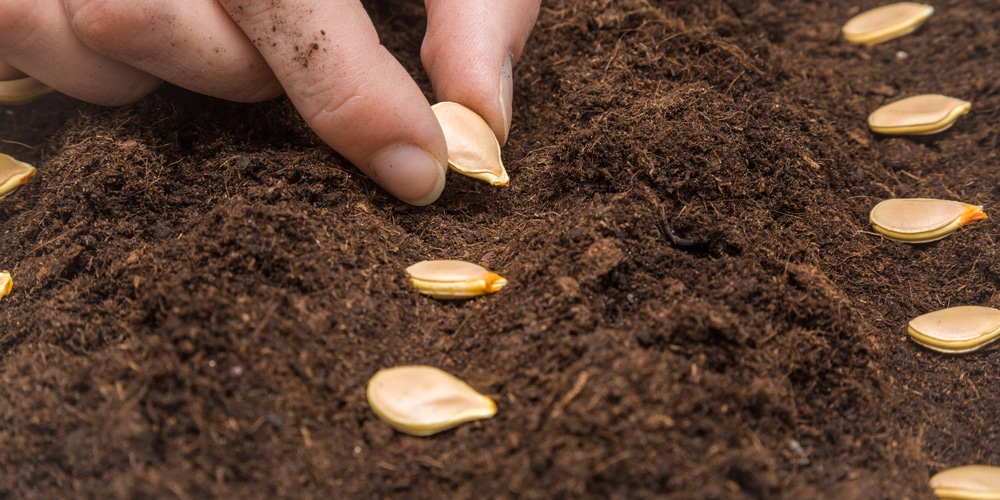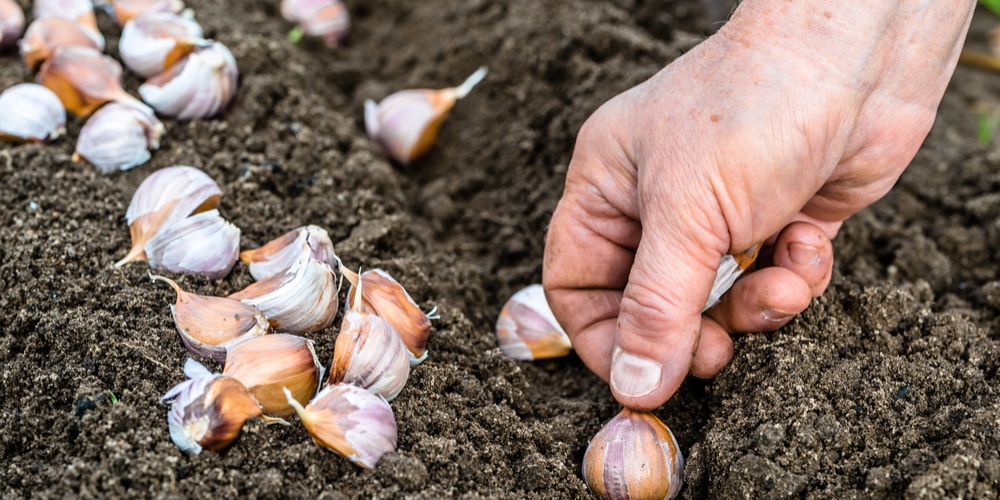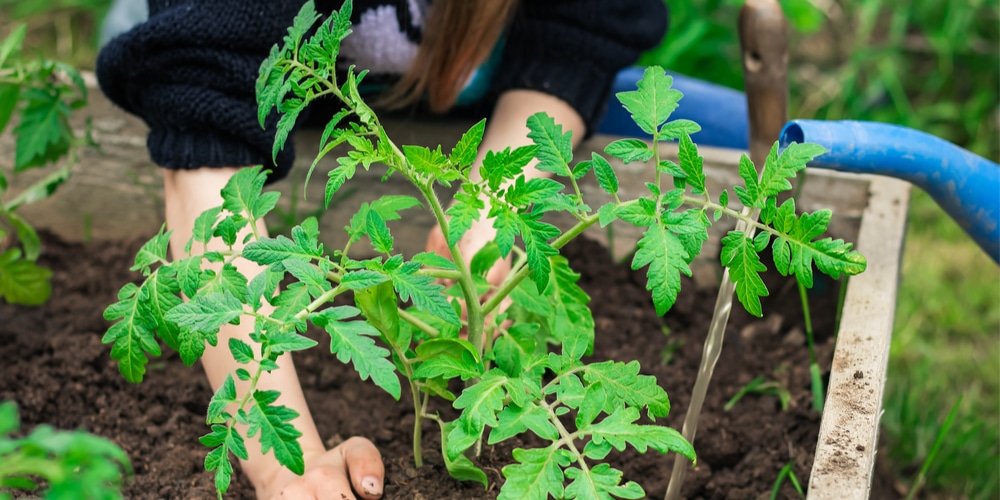After preparing your lawn or garden for planting, you more than likely are so eager to get the seeds in the ground that you may be wondering, “Can I just plant now?” The answer to this question is not as simple as a yes or no. That’s why you want to keep reading to get all the information you need on whether or not you can plant immediately after tilling.
Can you plant immediately after tilling?

If you approached this question from a logical standpoint, then the answer would be no. Just think about it for a moment. After tilling, the ground is loose and dry. Seeds need moist, mildly compact soil in order to germinate optimally.
That, however, does not mean that your seeds would not germinate at all if you planted them immediately after tilling. In fact, some plants are quite tolerant of less-than-optimal conditions.
The main reason for not planting immediately after tilling is that it will allow the soil to settle. That way, soil life will have resumed, and will be contributing actively toward aeration and the decomposition of organic material.
As such, the conditions for plant growth will be ideal, and you will be more likely to have a successful yield.
How long should you wait?
So, if it’s not a good idea to plant immediately after tilling, how long do you have to wait? Well, it’s generally recommended that you wait at least two weeks before planting. This gives the soil time to settle and for microorganisms to become re-established.
What factors determine how long you should wait?
Beyond the above recommendation, there are additional factors that go into determining how long one should wait before planting. They include:
1. The soil condition
One of the main factors that determine how long you should wait before planting is the soil condition. If the soil is wet, then you will have to wait longer for it to dry out and settle.
In cases where the soil is a little bit dry, then you might be able to get away with planting a bit sooner and then irrigating afterward.
2. Existence of weeds prior to planting
Another factor to consider is the weed situation in your garden prior to planting. If the area was previously infested with weeds, then you will have to wait longer to plant.
That way, you will be sure that the weeds are dead. You don’t want to find yourself in a situation where the weeds reestablish along with the plants and start competing with them for nutrients.
3. Time in the planting calendar
The time of year also affects how long you should wait before planting. If it’s early in the planting season, then you will have enough time to wait for the soil to settle.
On the other hand, if it’s later in the season and you’re running out of time, then you may not have the luxury of waiting too long for the soil to settle. For such situations, you may elect to get the seeds in the ground immediately.
What happens if you plant immediately after tilling?
Again, planting immediately after tilling is not the best idea if you’re looking for optimal conditions. That being said, there aren’t distinct disadvantages to planting immediately after tilling.
It’s not going to kill your plants if you do it. The main thing is that you need to be aware of the conditions that are not ideal for planting and take measures to mitigate them.
Some of the things you can do include to give your plants the best chance to germinate and thrive include:
1. Use mulch
Mulch helps to keep the soil moist and also prevents weed growth. As such, it can be beneficial in less-than-ideal conditions. Just be sure to use the right type and quality of mulch for your particular plant.
Also, be careful not to apply too much mulch, as that may suffocate the plants.
2. Irrigate regularly and evenly
Make sure to keep the soil moist by irrigating regularly. This is especially important if the soil is dry. By keeping your soil moist enough, you will increase the contact between the soil and the seeds, while also providing your plants with the water they need to germinate.
3. Use row covers
Row covers can help to create a more hospitable environment for your plants. They provide protection from the wind and can also help to retain moisture in the soil.
4. Plant in raised beds
If you’re worried about the compaction of your soil, then you can always plant in raised beds. This will allow the roots of your plants to have better access to air and water.
5. Amend the soil
If you’re really concerned about the quality of your soil, then you can always amend it. This can be done by adding organic matter or using a soil conditioner.
6. Fertilize
Finally, fertilizing can also help to give your plants a boost in less-than-ideal conditions. By adding nutrients to the soil, you will help your plants to thrive.
To bring things to a close,
Planting immediately after tilling is not a good idea, but it’s not going to kill your plants. It’s, however, important, to be aware of the conditions that are not ideal for planting and take measures to mitigate them.
By doing that, your plants will have the best chance to germinate and thrive.

